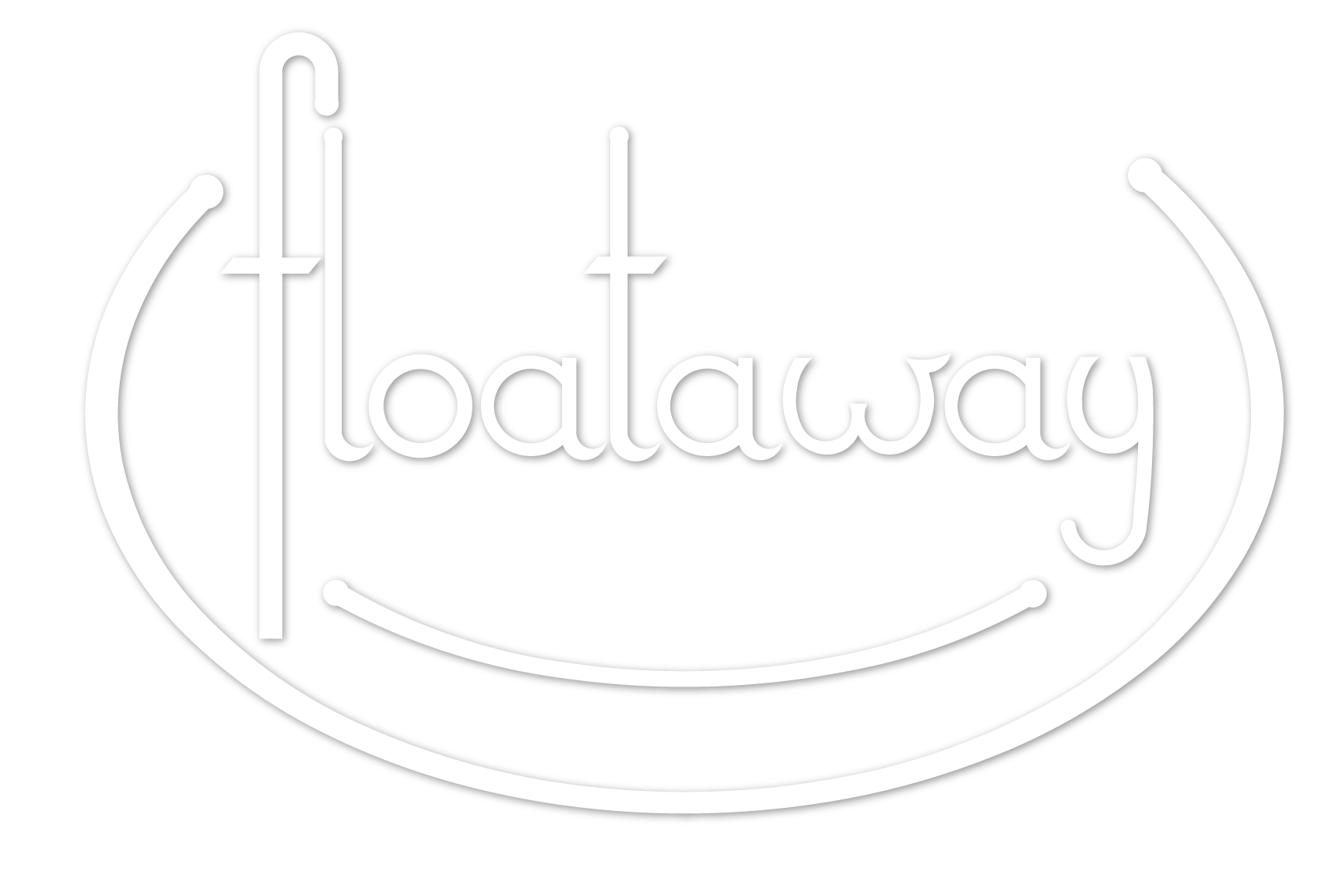
Understand air for a better float experience
Floataway Air
There is always a lot of attention paid to the solution temperature, but that is actually the easy part. The only complication is that individuals vary slightly in their core temperature and preferences. In the future float solutions will be able to slowly adjust within a degree or so…
But the air is much more complex because of humidity.
Air can hold a lot of water vapour - it starts at a small amount at the freezing point but quickly increases with temperature. With no ventilation, the air would soon reach the maximum level of water vapour that can be held at any given temperature.
That is 100% Relative Humidity.
It is quite comfortable to breath 100% humidity provided the temperature is not too high, but it is still not a desirable condition. Any component with a lower temperature, such as the walls, will immediately cause water to condense. Condensation is very undesirable as it encourages mould growth.
We want to set the air to a comfortable temperature and RH. There is a range of possibilities because of the relationship between the two. The target RH is no higher than 80%, but a lower RH can be comfortable if the temperature is raised.
At very low RH a comfortable temperature might be higher than the water, which should be avoided because it will then heat the water.
So there is a range of comfort values.
In open pools this is typically obtained with air heating, and the best method is to control it silently with various hot panels in order to avoid the noise created by blown air.
The most economical solution is to have hot panels that are electrically heated, flat , metal wall mounted panels. It is recommended to have a rate of 2 KW for most open float rooms. It can be one to three panels depending on the room space, and although the power required to heat from cold is high, once it is at a constant temperature the energy requirements are much lower because the water contributes so much.
There are also more adventurous heaters such as hot rocks or heated mirrors or glass panels. (not mirrors you can see yourself in -those cause delays!)
The Floataway Air product is a corner mounted fan unit that draws air down from the ceiling and distributes it lower down.
If you just add heaters the hot air rises and makes the upper third too warm and the lower third too cold, where the floater is.
The fan operates only during the pumping period between floats to avoid noise. In practice the air once mixed does not separate out again for at least an hour, so twenty minutes fan work is enough
The thermostat for the system should be at floater nose height, Floataway sets that up with a small control box that also measures the RH there.
The RH value is normally displayed and control is achieved by an extractor fan which is adjusted to arrive as close to 80% as possible. There must be ventilation as explained already.
Or the Floataway system can be augmented to automate RH but this depends on the room. When there are ceiling ducts, it may be necessary to fit square covers which are motorised to limit the airflow. They are normally two feet square.
Otherwise it is just a fan with a duct and again this can be arranged to shut off during float session.
Each system must be designed to suit the room if automation is required but this will in general be much cheaper than a normal contractor cost because they are used to dealing with HVAC at normal temperatures and will frown at a spec. For 93F and 80% RH but actually it’s easy with silent heat and a fan.
Just ask Floataway.


